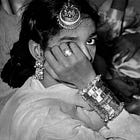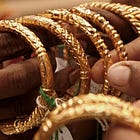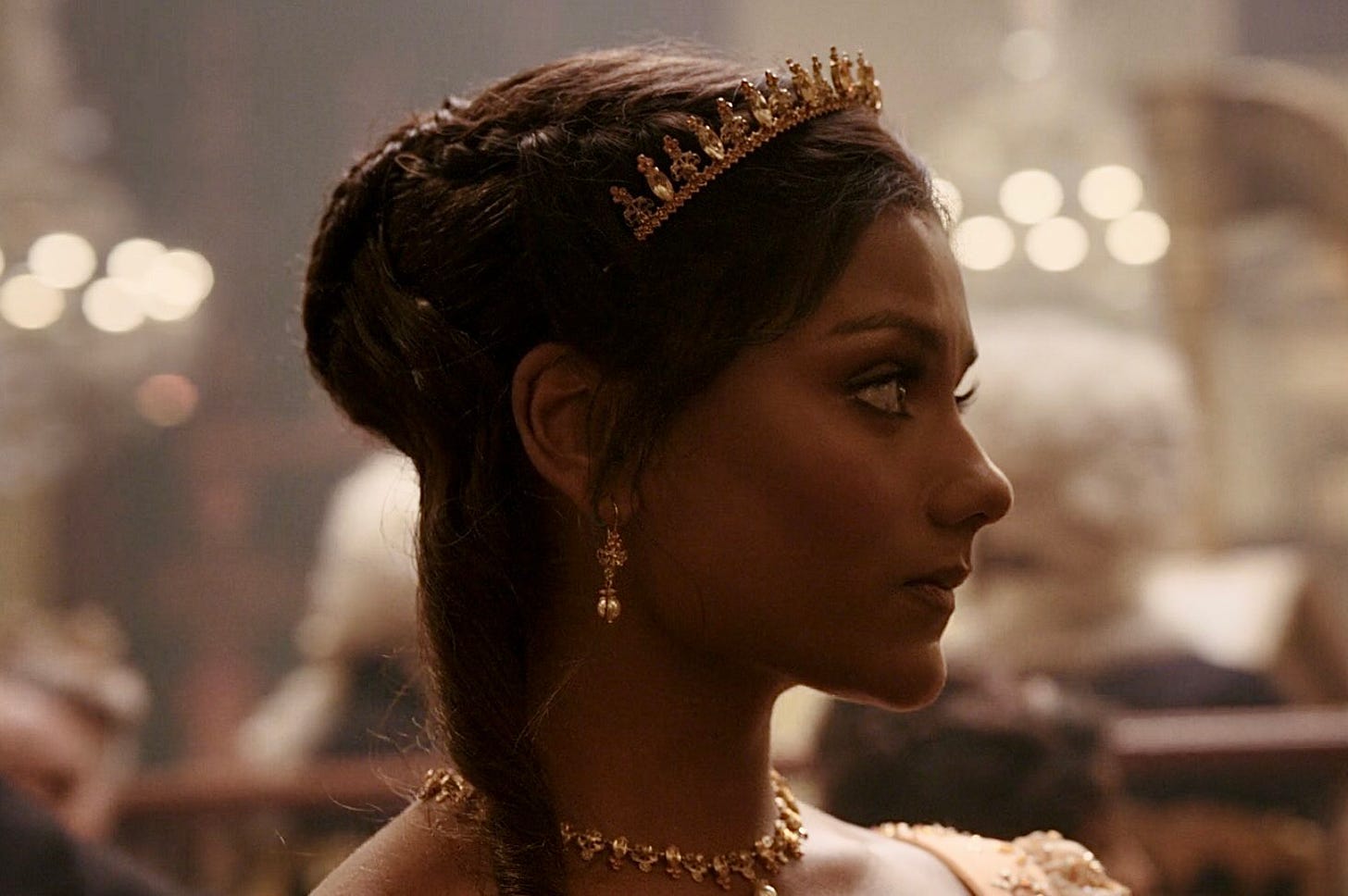The True Lives of South Asians in Regency England vs. the Bridgerton Fantasy
Words by Priyan Majumdar
Welcome to the Brown History Newsletter. If you’re enjoying this labor of love, please do consider becoming a paid subscriber. Your contribution would help pay the writers and illustrators and support this weekly publication. If you like to submit a writing piece, please send me a pitch by email at brownhistory1947@gmail.com.
Don’t forget to check out our SHOP and our Podcast

Recommended Reads:
The True Lives of South Asians in Regency England vs. the Bridgerton Fantasy
"I despise English tea." With those four words, Kate Sharma had instantly won over the entire South Asian community.
Netflix’s Bridgerton broke the period drama mold by bringing the opulence of Regency-era England to a global audience with a fresh, inclusive twist. The show’s triumph lay in placing the Sharma sisters, characters of Indian descent, as the female leads of Season 2, challenging the “all-white” portrayals of Regency England and paving the way for meaningful South Asian representation on screen.
If you STILL haven’t seen Bridgerton Season 2 (in that case - what are you actually doing?)—spoilers ahead!
Set in 1814, Season 2 follows Kathani “Kate” Sharma and Edwina Sharma, half-sisters from Bombay, as they navigate the ballrooms of London high society in an attempt to find a husband for Edwina. However, this is not a case of blind color-casting; the Sharmas are not British people who just happen to have brown skin, but are Brown because they have Indian heritage that forms a substantial part of their wider identity. Their jewelry and attire incorporate elements of South Asian ethnic attire, their speech includes words like “didi” and “appa”, there is an endearing hair oiling scene and even a haldi ceremony in Edwina’s pre-wedding nuptials. Although their cultural differences are emphasized, they are also normalized within the otherwise stringent and restrictive nature of the ton (upper-class British society), posing no obstacles to Edwina being crowned the “diamond of the season” and Kate bagging a white Englishman by the season’s end.
By doing so, Bridgerton paints a fantasy where South Asians blended effortlessly into British high society, raising questions about the presence of South Asians in early 19th-century Regency England. What was the reality for those who lived in England at the time? How did they navigate the social hierarchies, and were they truly part of the aristocratic circles depicted in the series?







